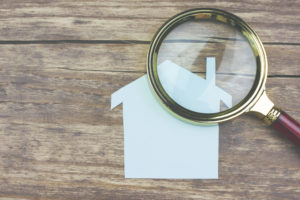
In 2000, the National Fire Protection Agency, otherwise known as NFPA, addressed chimney inspections. The NFPA established three levels of inspection–Level 1, Level 2 and Level 3. This three-tiered system of chimney inspections can be confusing to homeowners, real estate agents, and even home inspectors. This is a brief explanation to clarify this important subject.
Home inspections
Home inspectors perform an inspection on most all of the systems in a home. However, they will be the first ones to say that they cannot thoroughly inspect a chimney because they can only inspect what they can see.
Home inspectors can inspect the firebox (where you make the fire) and they can inspect the top of the chimney (if they get on a roof), but home inspectors cannot inspect the most critical part of the chimney system–the flue lining.
Most chimneys built after the 1940s have a flue lining. For the most part, this lining is made out of terra cotta (clay), pumice or, currently, the lining is made out of metal. If this lining is damaged or non-existent, the chimney can no longer be used.
Chimneys constructed without linings are called “Unlined Chimneys.” According to the Chimney Safety Institute of America, they specifically say: “Never use a chimney that does not have a liner or has a damaged or improper lining.”
If a chimney is dirty, it’s absolutely impossible to inspect the chimney. There is no possible way to see through a thick layer of creosote build-up to inspect the flue lining for cracks or missing mortar joints. In this case, the chimney must be swept first before doing any inspection. Home inspectors don’t sweep chimneys which is yet another reason why home inspectors cannot completely inspect the chimney.
For this reason, most home inspectors and real estate professionals will recommend a more thorough chimney inspection be done by a CSIA Certified Chimney Sweep.
The difference between the levels of inspection varies between how in-depth the inspection is, which areas are to be inspected, what types of tools are used to access various parts of the chimney and to what degree of invasiveness. Here is a quick breakdown of the Levels of Chimney Inspections:
Level 1 Chimney Inspections
This is a typical inspection done annually as part of routine chimney maintenance. In most situations where there have been no changes in usage or fuel type during the recent past or there have been no major performance problems, then Level 1 Chimney Inspections are sufficient. Inspecting the top of the chimney from the roof or ladder is not part of Level 1 Chimney Inspections. We also make sure that the proper clearances to combustibles are within code in accessible locations.
Level 2 Chimney Inspections
This level of inspection is recommended for:
* When there has been a change of fuel type (such as going from wood burning to gas log burning)
* When relining a chimney or installing an appliance such as a stove insert
* Upon sale or transfer of the property during a real estate transaction
* After a malfunction or chimney fire event
* After an external event such as an earthquake or major weather event
Level 2 chimney inspections are much more in-depth than Level 1 chimney inspections. Most chimney professionals will use a video camera to see all parts of the flue lining. These video inspections will allow us to see aspects of the chimney that Level 1 chimney inspections cannot. Specifically, we’re looking for cracks in the flue lining or missing mortar joints between the flue tiles. In addition to the video scans of the flue lining, these Level 2 Chimney Inspections also may include accessible portions of the chimney’s exterior, as well as attics, crawl spaces and basements.
If a chimney has not been used in a long time, it’s common to have spider webs. In this case, these spider webs will show up as cracks during a Level 2 inspection with a video scan. The spider webs can sometimes give us a false reading and may show cracks when there are no cracks. For that reason, we likely will recommend a chimney sweeping as part of Level 2 chimney inspections.
Level 3 Chimney Inspections
Level 3 Chimney Inspections are rare and are recommended only when Level 1 or Level 2 chimney inspections are not sufficient to determine the serviceability of the chimney. These Level 3 chimney inspections include all aspects of Level 1 and Level 2 chimney inspections but may also include dismantling parts of the system or cutting into walls in order to gain access for areas of the chimney not accessible by other methods.
This NFPA standard, with the three Levels of Inspection, is for the benefit of the homeowner. A CSIA Certified Chimney Sweep will be able to determine and recommend which level of chimney inspection is needed for the situation.
And remember, the National Fire Protection Association and the Chimney Safety Institute of America recommend that all chimneys be inspected annually and swept if necessary. To find a qualified CSIA Certified chimney professional in your area, be sure to go through the Chimney Safety Institute of America.
Here is further information on the Levels of Inspection. [Video credit: Chimney Safety Institute of America]
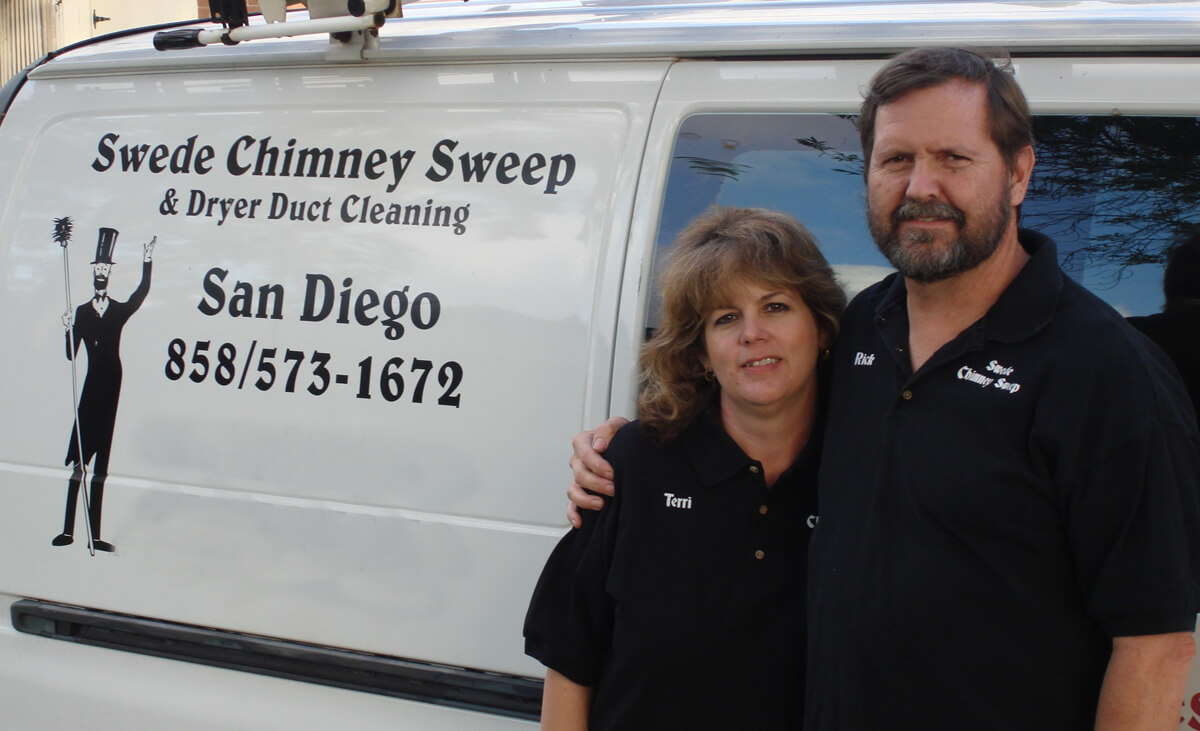
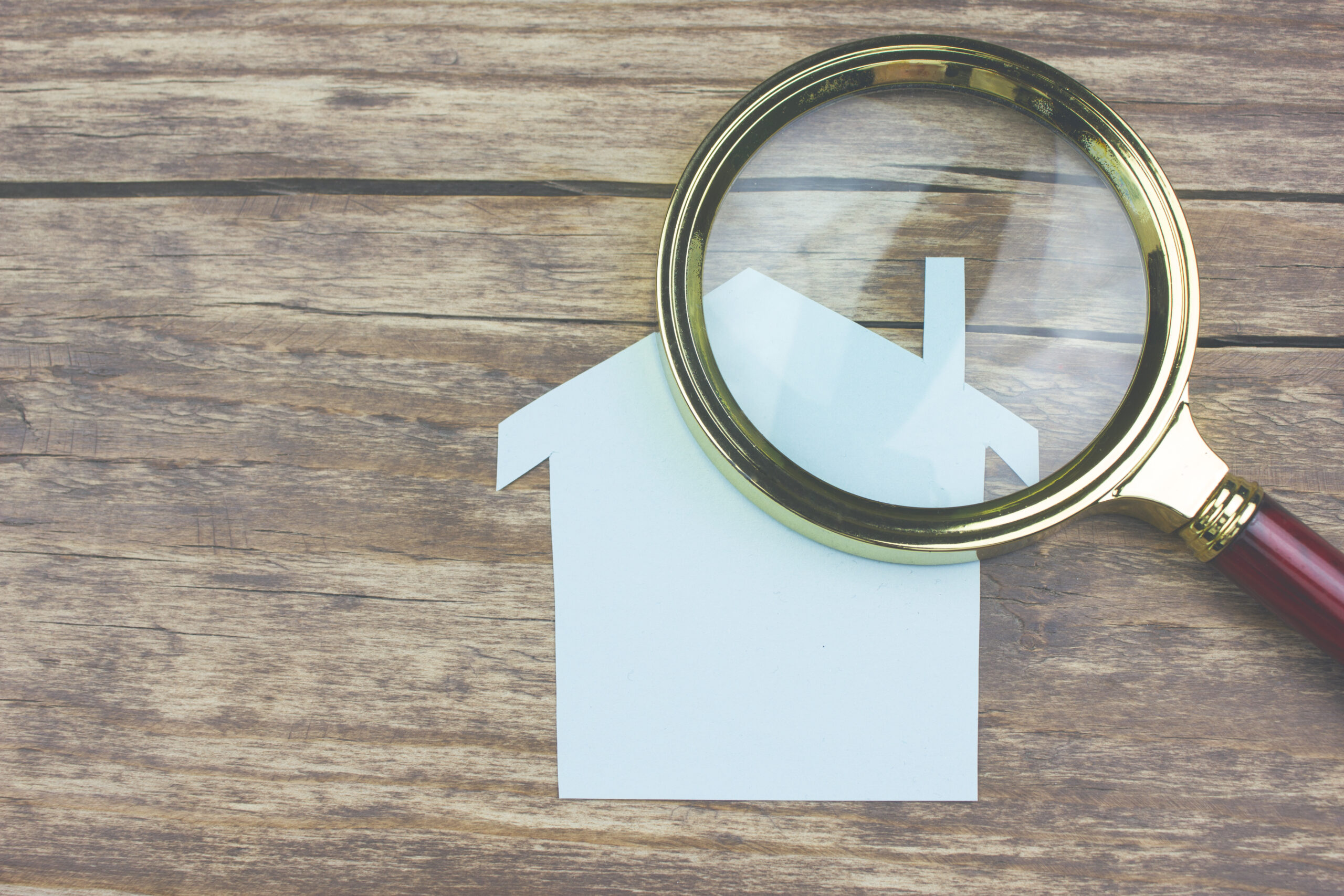
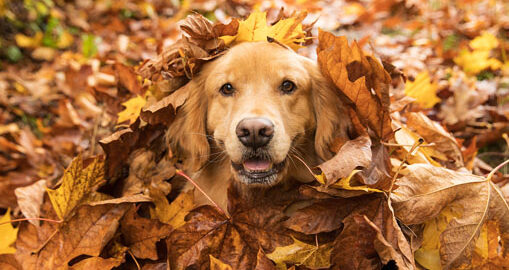
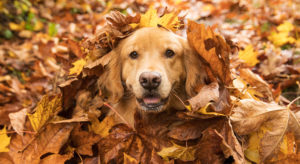 The kids are back to school and life has returned to the normal routine. The leaves are starting to turn colors. Sunrise is later and sunset is earlier. Autumn is here. Soon enough you’ll be looking at the fireplace, wanting to light a fire on a cool evening. Then you realize that you can’t remember the last time you hired a chimney sweep.
The kids are back to school and life has returned to the normal routine. The leaves are starting to turn colors. Sunrise is later and sunset is earlier. Autumn is here. Soon enough you’ll be looking at the fireplace, wanting to light a fire on a cool evening. Then you realize that you can’t remember the last time you hired a chimney sweep.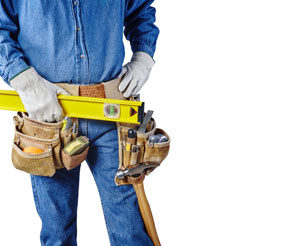 trimmer cuts down your tree and it lands on your neighbor’s roof, without insurance, the homeowner may be financially responsible for those repairs to the neighbor’s roof. Ask the contractor for a copy of his “Certificate of Insurance.”
trimmer cuts down your tree and it lands on your neighbor’s roof, without insurance, the homeowner may be financially responsible for those repairs to the neighbor’s roof. Ask the contractor for a copy of his “Certificate of Insurance.”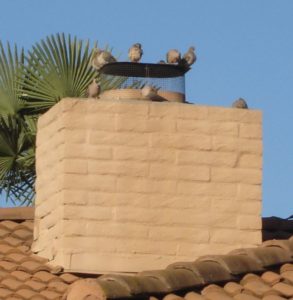 As I’m sitting in my office working, I can hear the high-pitch chirping from some obviously newly-hatched baby sparrows just above my office window. I’m not surprised by the chirping. I’ve been watching the mama bird building her nest on a ledge just above my window for several weeks. During her time building her nest, every time we walk below her nest, she quickly flies away, only to return when we are out of sight. I don’t mind the nest, nor the sound of the constant chirping of the chicks. I don’t even mind the bird poop below the nest on our walkway. It’s the circle of life and I love it.
As I’m sitting in my office working, I can hear the high-pitch chirping from some obviously newly-hatched baby sparrows just above my office window. I’m not surprised by the chirping. I’ve been watching the mama bird building her nest on a ledge just above my window for several weeks. During her time building her nest, every time we walk below her nest, she quickly flies away, only to return when we are out of sight. I don’t mind the nest, nor the sound of the constant chirping of the chicks. I don’t even mind the bird poop below the nest on our walkway. It’s the circle of life and I love it.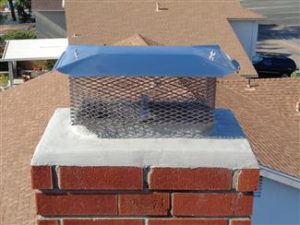 The best way to deal with birds getting into your chimney is prevention. Once birds are gone from the chimney and the nest has been abandoned, we recommend having the chimney inspected and swept to remove any nesting material. In addition, installing a chimney cap will prevent future birds as well as rodents and other critters from entering the chimney.
The best way to deal with birds getting into your chimney is prevention. Once birds are gone from the chimney and the nest has been abandoned, we recommend having the chimney inspected and swept to remove any nesting material. In addition, installing a chimney cap will prevent future birds as well as rodents and other critters from entering the chimney.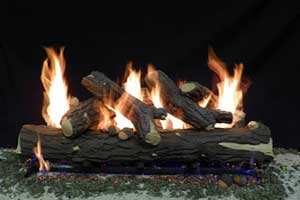
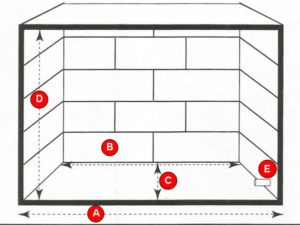
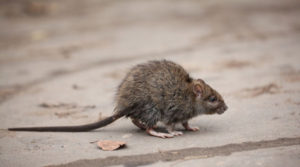 Even if homeowners don’t use their fireplace, there are still very important reasons to have a chimney cap.
Even if homeowners don’t use their fireplace, there are still very important reasons to have a chimney cap.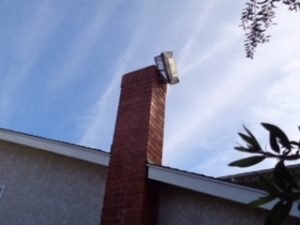
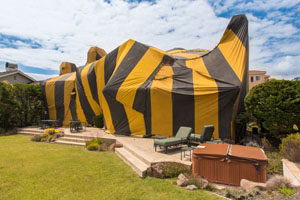
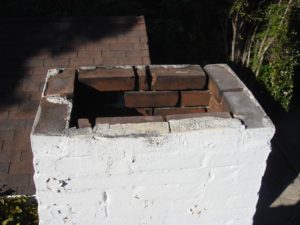 As a chimney sweep, the most important part of a chimney that we inspect is the flue lining. In many older homes, there is no flue lining. This type of chimney system is referred to as an unlined chimney. According to the
As a chimney sweep, the most important part of a chimney that we inspect is the flue lining. In many older homes, there is no flue lining. This type of chimney system is referred to as an unlined chimney. According to the 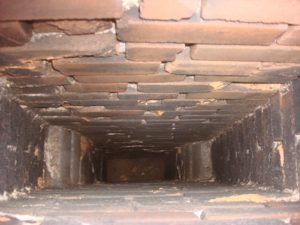
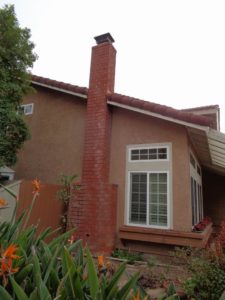
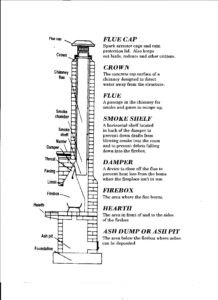 away from the structure. A crown can also be referred to as a “wash” or a “splay.” A cracked crown will allow moisture to get into the chimney structure, eventually creating cracks in the chimney structure.
away from the structure. A crown can also be referred to as a “wash” or a “splay.” A cracked crown will allow moisture to get into the chimney structure, eventually creating cracks in the chimney structure.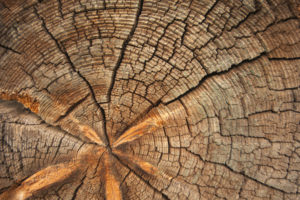 Here are some interesting facts that will help you season your firewood for your fireplace or stove. Seasoning your wood is critical not only for safer fires, but to reduce creosote buildup in your fireplace or stove flue pipe and to reduce pollutants into the atmosphere. This is the second post in a series of three that will explain how to
Here are some interesting facts that will help you season your firewood for your fireplace or stove. Seasoning your wood is critical not only for safer fires, but to reduce creosote buildup in your fireplace or stove flue pipe and to reduce pollutants into the atmosphere. This is the second post in a series of three that will explain how to 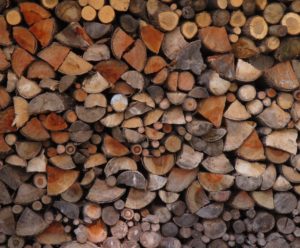 Here are some interesting facts that will help you purchase firewood for your fireplace or stove. If you do it right, you will save money while keeping your family safe and toasty. This is the first post in a series of three that will explain how to properly purchase,
Here are some interesting facts that will help you purchase firewood for your fireplace or stove. If you do it right, you will save money while keeping your family safe and toasty. This is the first post in a series of three that will explain how to properly purchase,